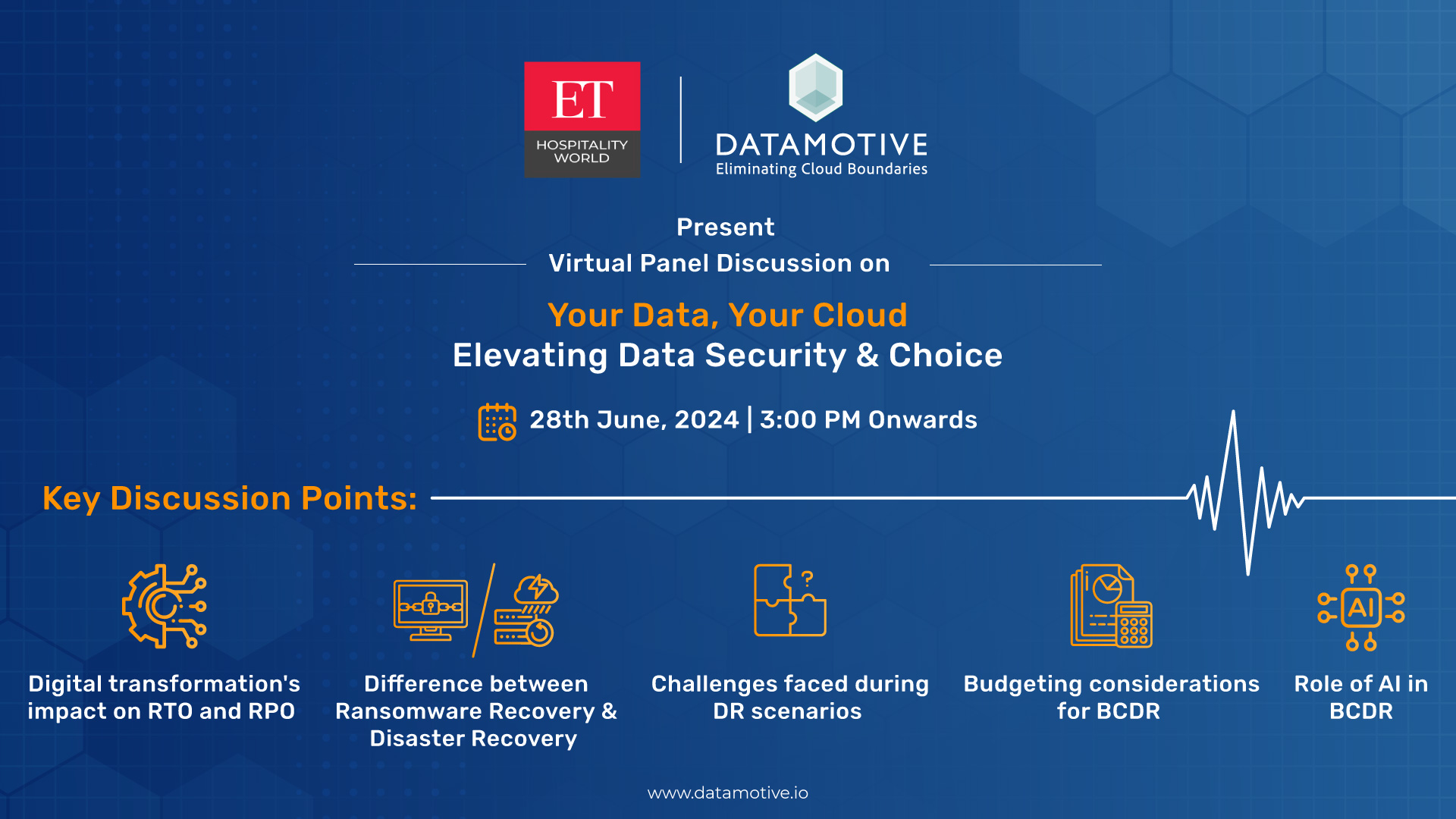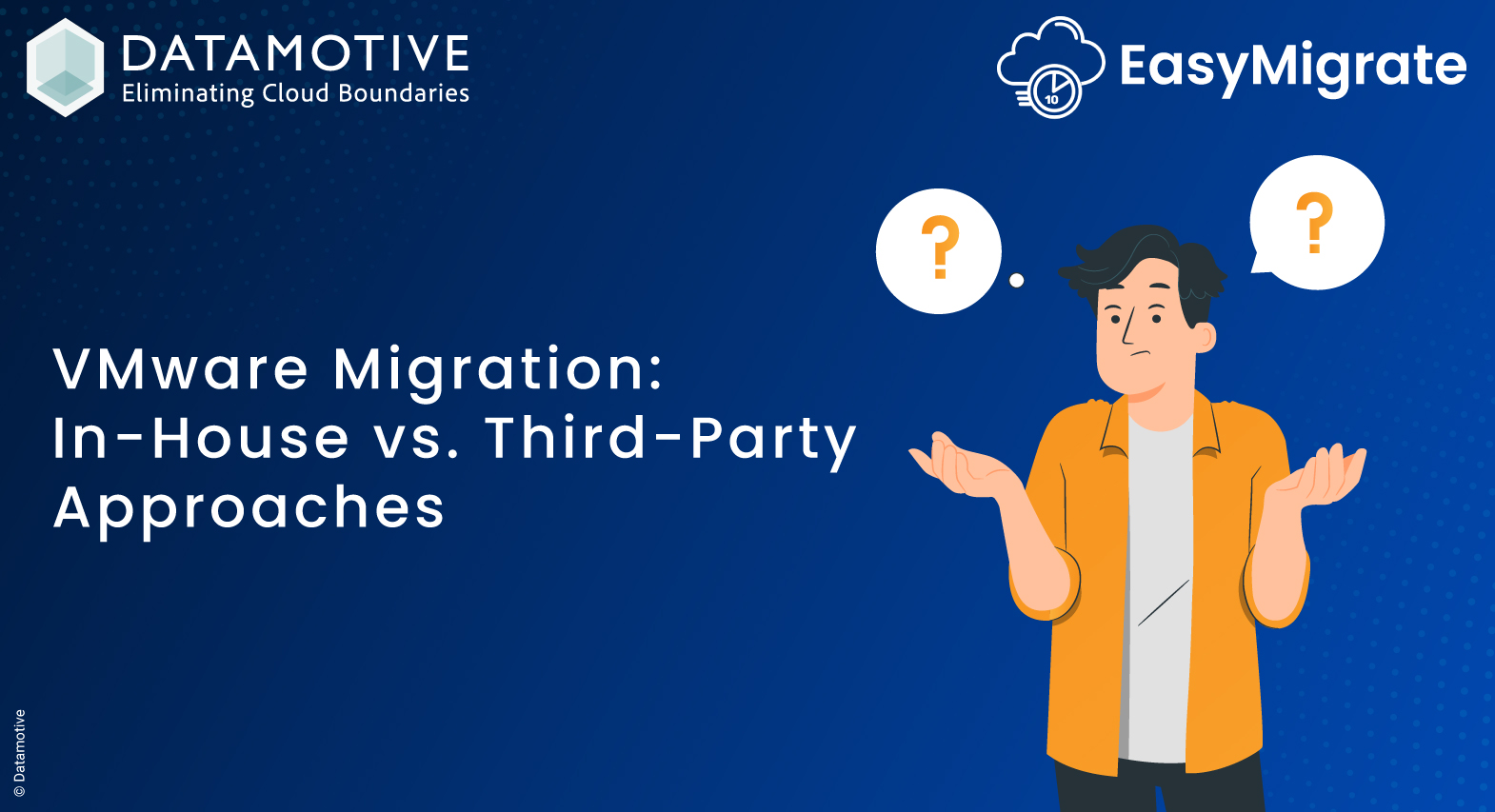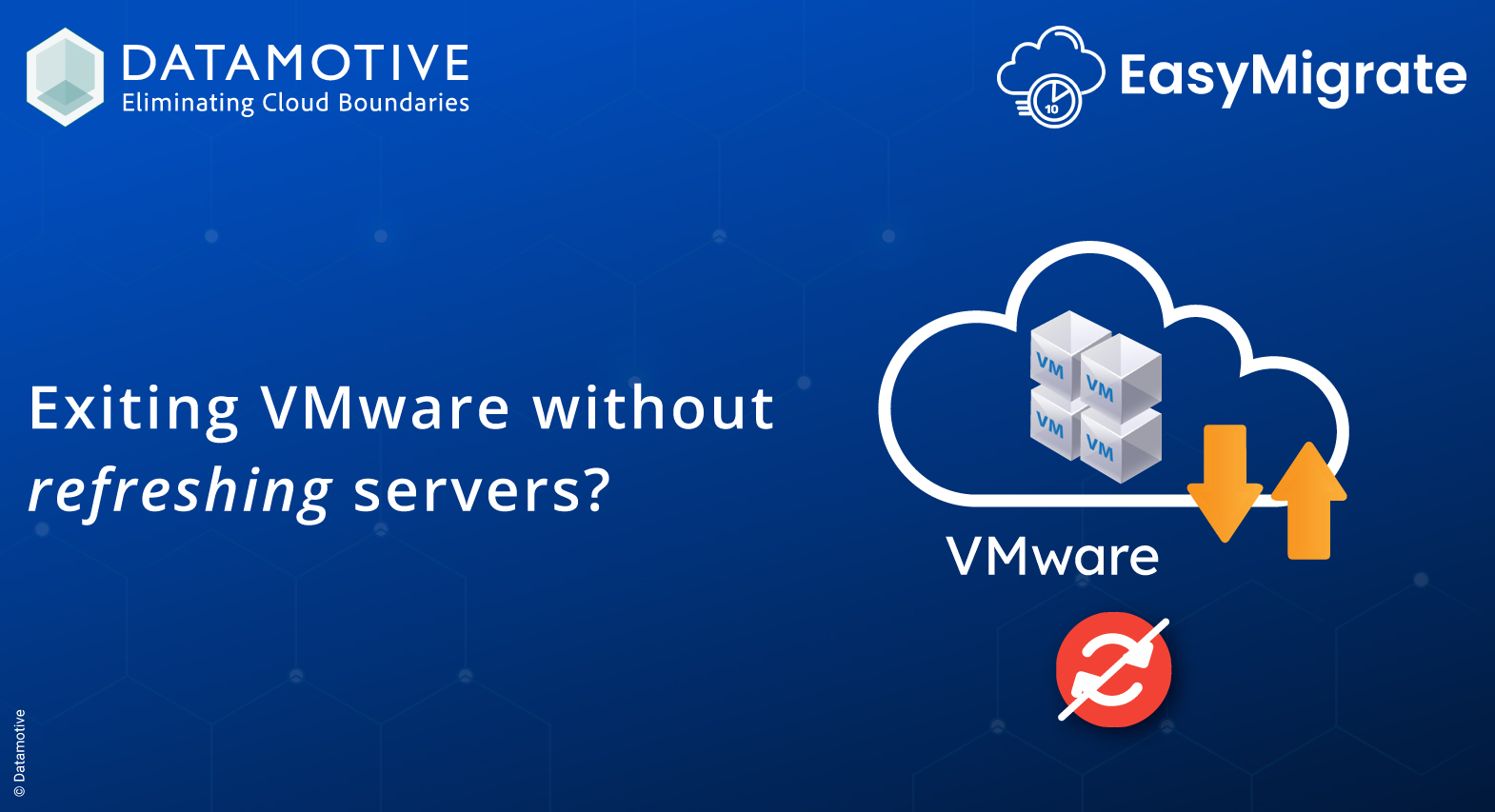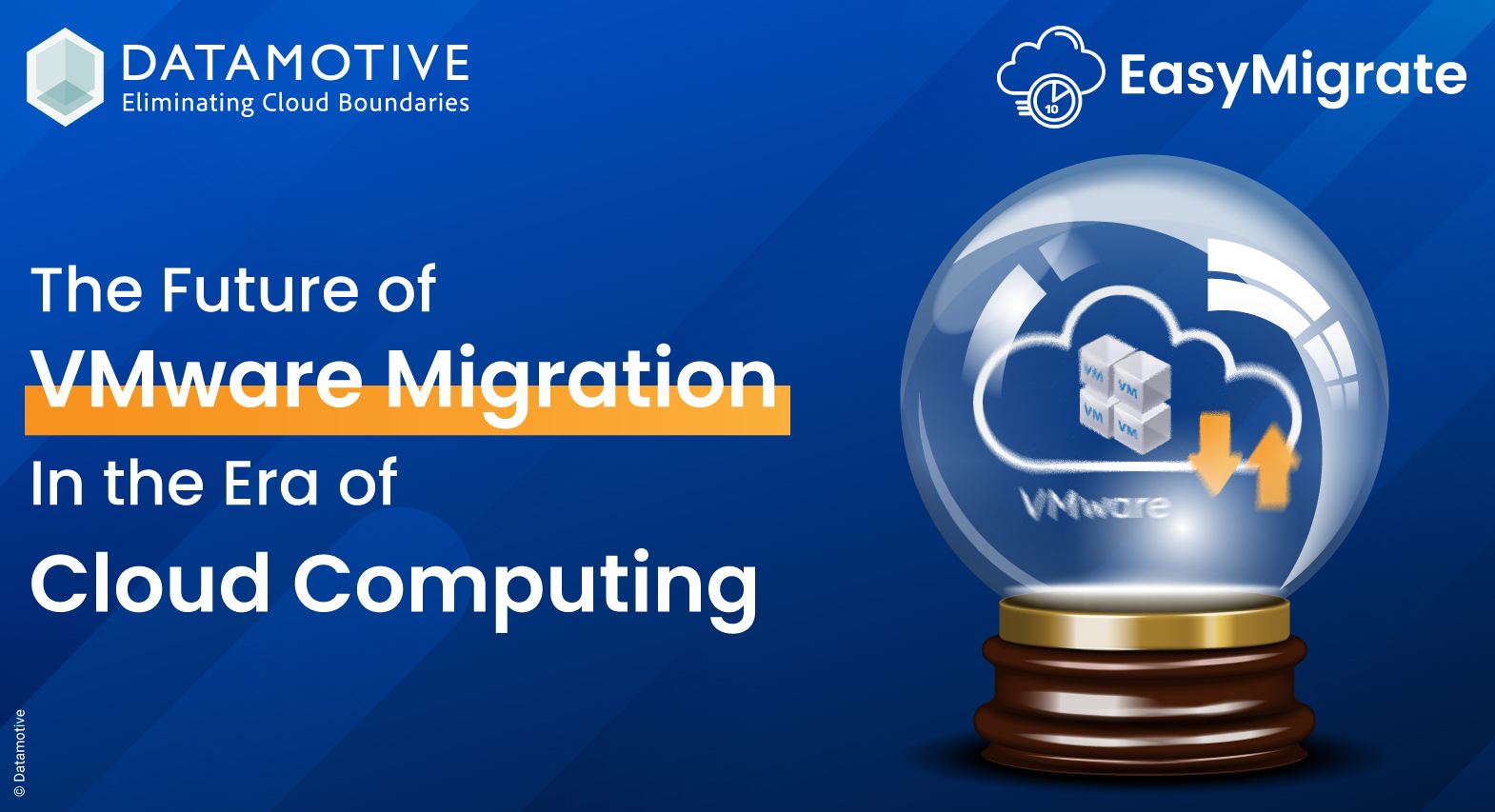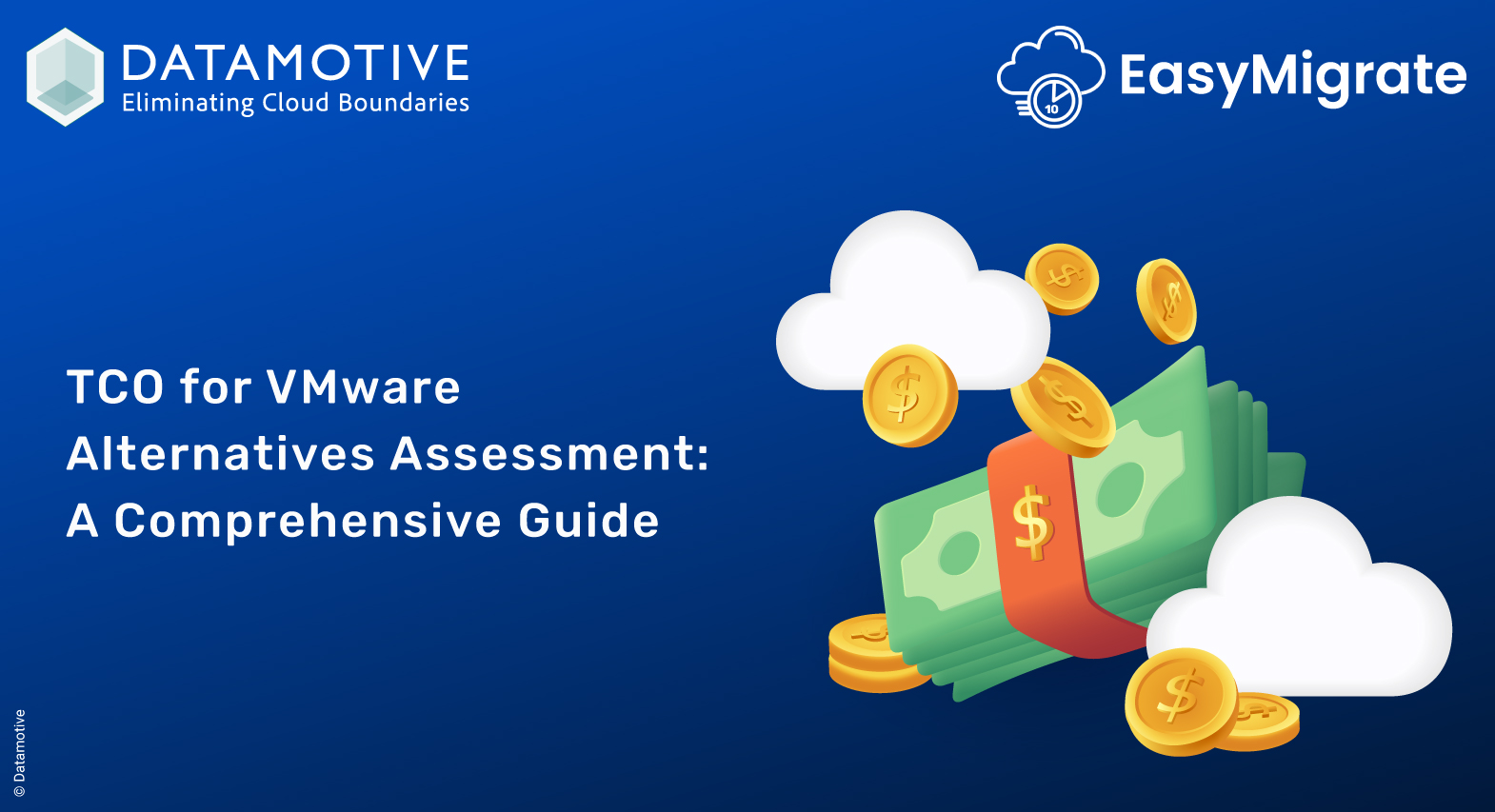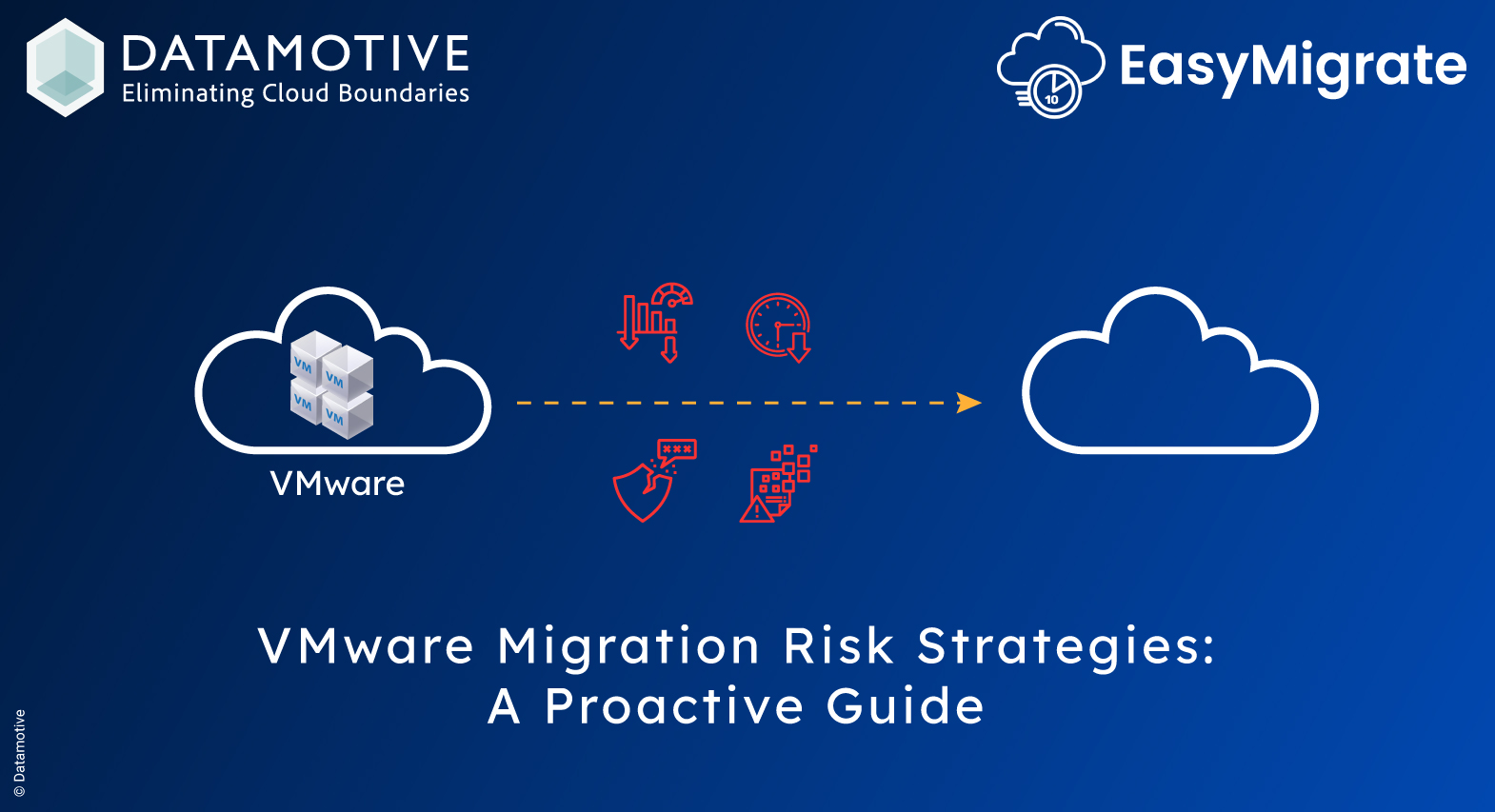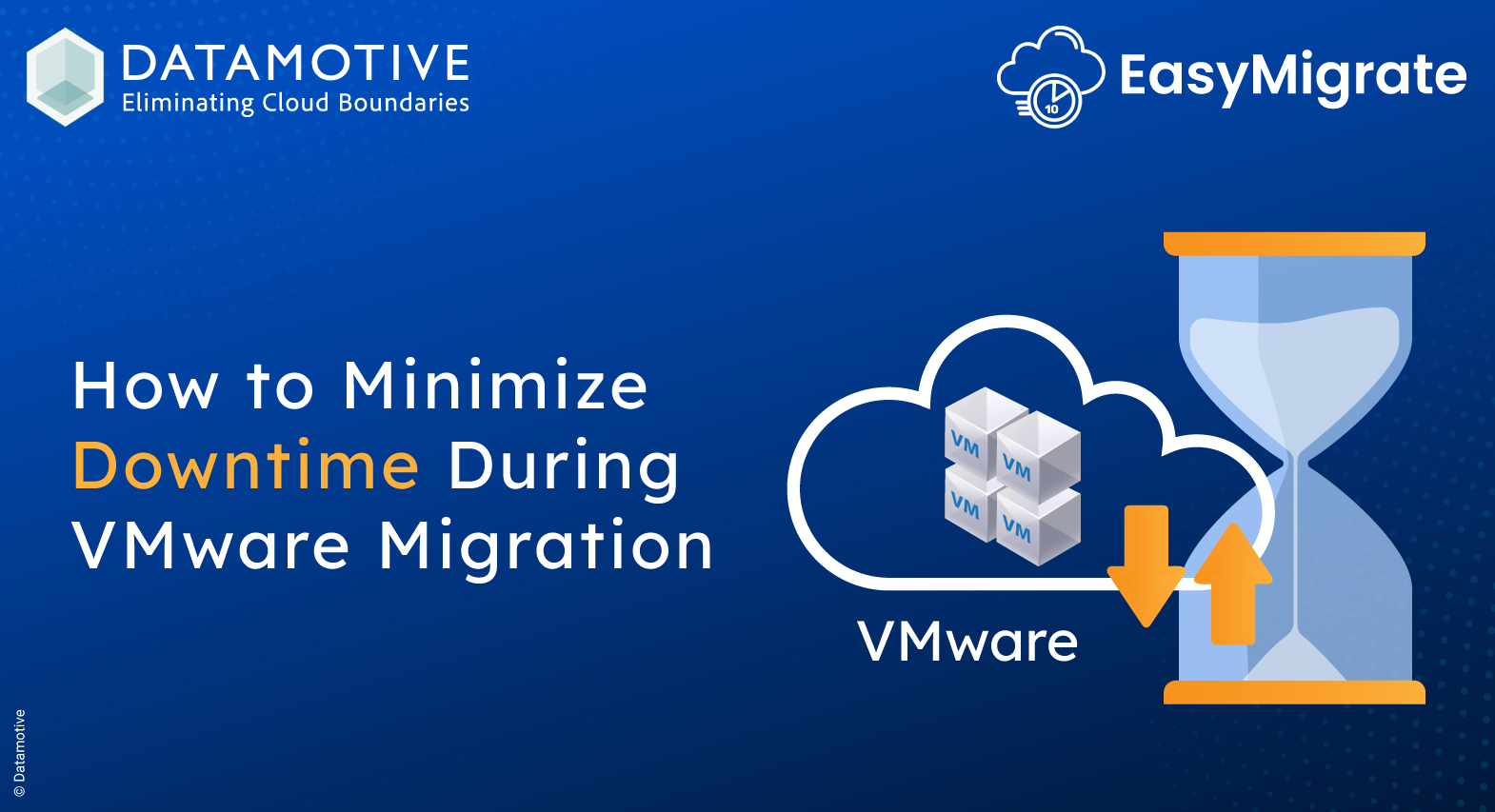Webinar On-Demand: ETHospitality Your Data, Your Cloud - Elevating Data Security & Choice
This insightful webinar explored the critical importance of Business Continuity and Disaster Recovery (BCDR) in the hospitality industry. Industry experts shared strategies for securing data while ensuring seamless cloud transitions, addressing the unique challenges faced by businesses in the sector.
